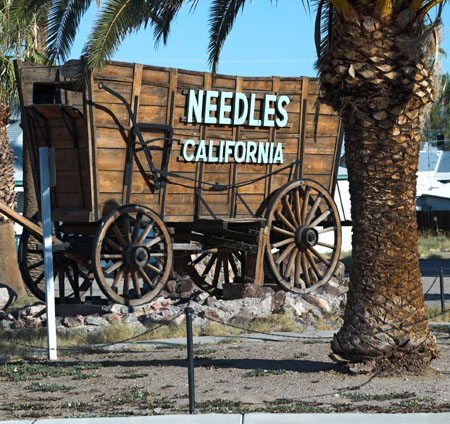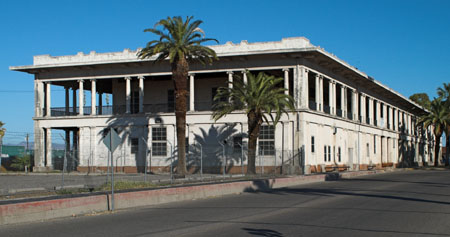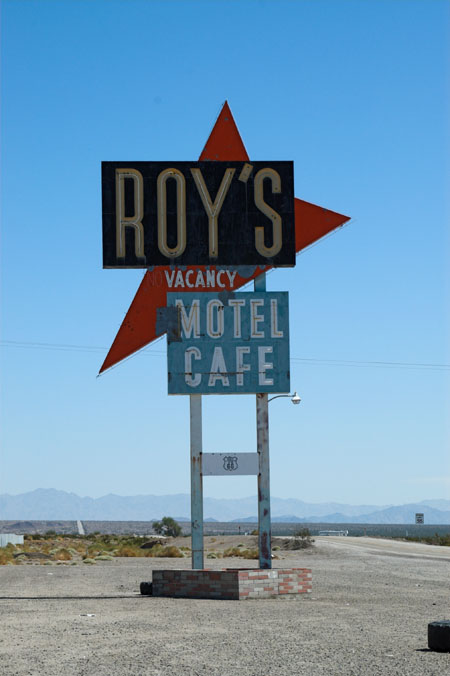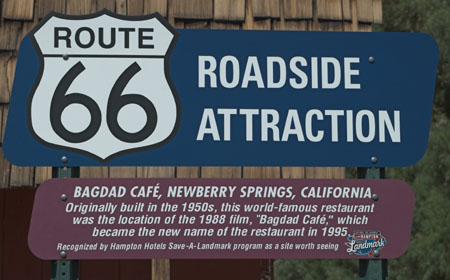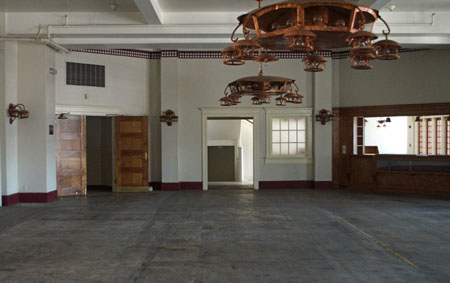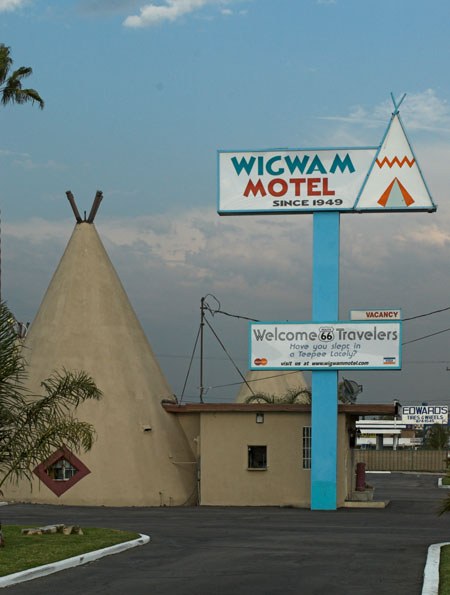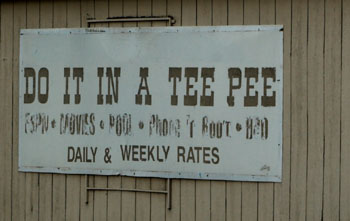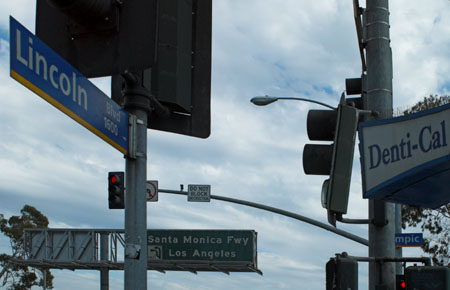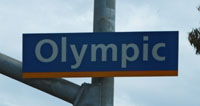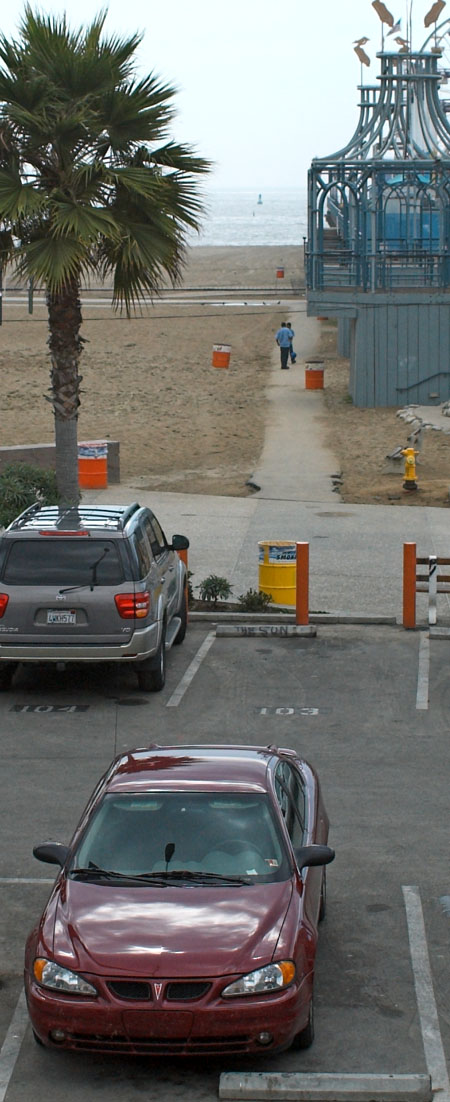|
|
|||||
 |
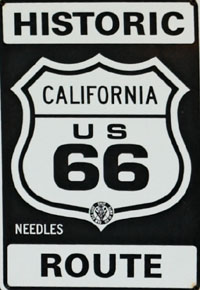 |
|||
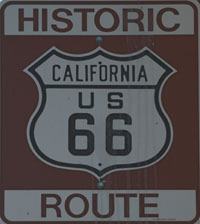 |
|||
|
In California in addition to the standard Historic Route 66 signs (left) you will also encounter local signs like the one above from Needles. |
|
|
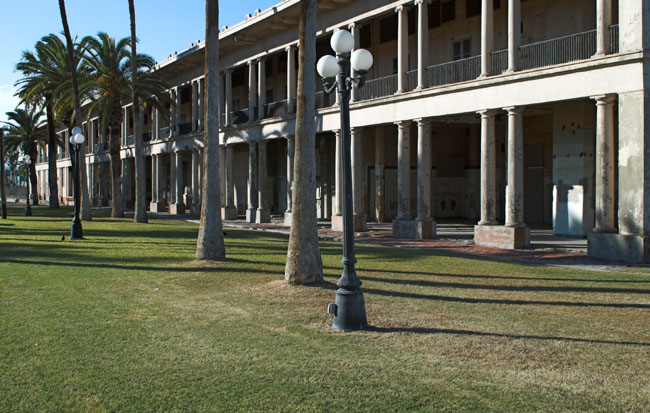 |
|
|
|
Once you head west out of Needles it’s back to the open and empty road. |
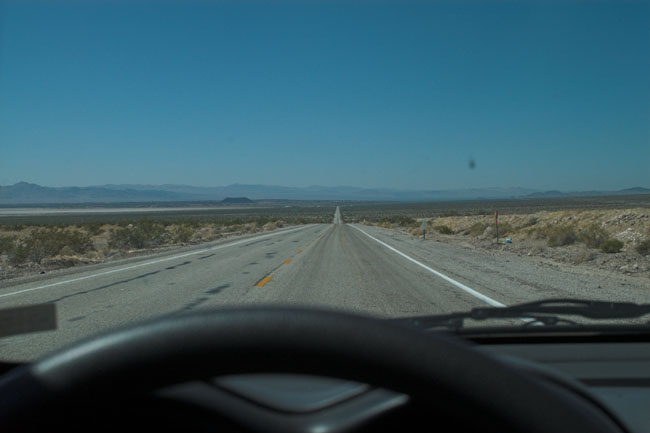 |
|
Like the rest of Route 66 the road through California is littered with the remains of businesses, and in some cases towns, that did not survive the decline of the road once the Interstate was built. |
|
|
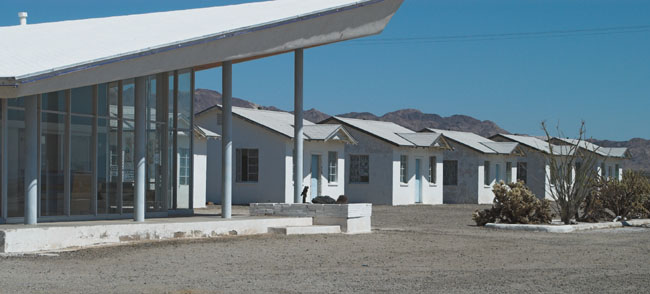 |
|
A little further along as you get to Newberry Springs where there is this reasonably well preserved Whiting Brothers Gas Station, one of the few signs that remain of what was once a substantial chain of stations. |
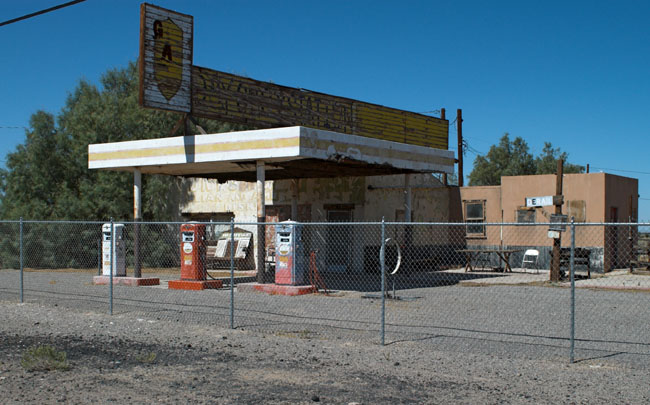 |
|
Also in Newberry Springs is the Bagdad Cafe which was the scene for the film of the same name. |
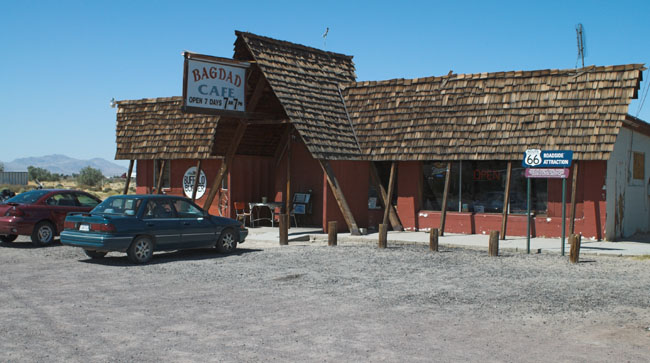 |
|
|
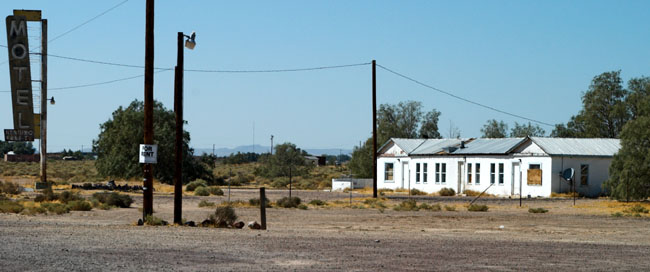 |
|
You might ask, why didn’t they film Bagdad Cafe in Bagdad which is only a few miles east of Newberry Springs. The answer is simple, Bagdad just vanished and now seems to consist of two road signs, a tree, a railway siding and a cemetery. |
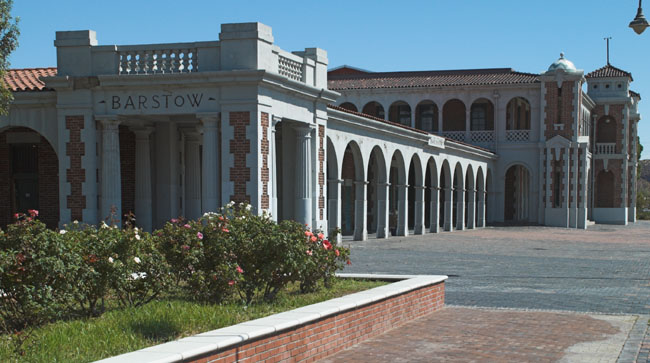 |
|||
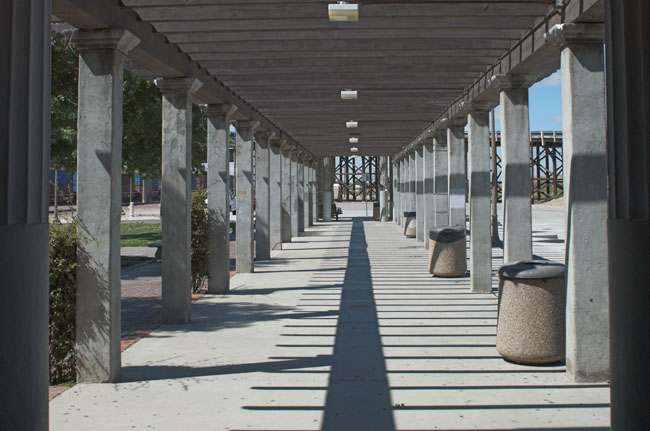 |
|||
|
This is the covered walk coming out of the main building where, I presume, you could sit and wait for your train. |
|
|
|
The station includes a Route 66 and a railroad museum though they are not open every day and they were closed when I passed through. |
|
|
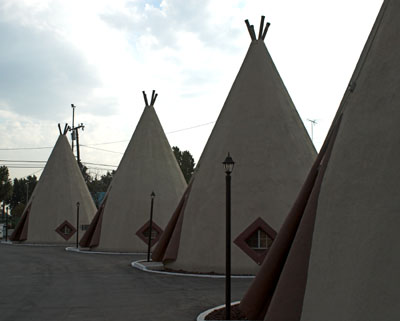 |
|||
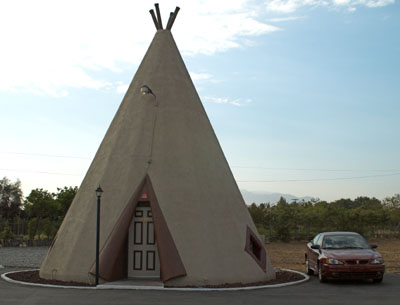 |
|||
|
|
|
The remaining run from Rialto to Santa Monica is only around 80 miles but you run through heavily built up and busy areas, I found it took about 3 1/2 hours to do it. You also pass through just about every sort of community from expensive suburbs to light industrial, from rather run down urban areas through Hollywood to Beverly Hills. You need a good map to follow Route 66 through a complex set of twists and turns. |
|||
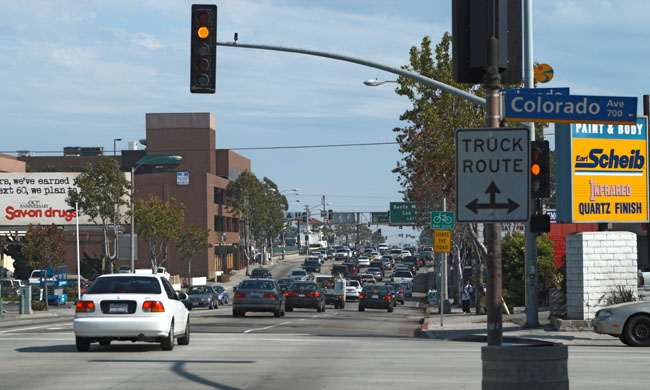 |
|||
|
This photograph is looking down Lincoln Blvd. towards the official end of Route 66 at Olympic - the actual end it is about two blocks ahead at the second of the green Interstate signs for the Santa Monica Freeway. This was as near to the end as it was possible to stop the car. |
|
|
||||||||||||||||||||
|
The end of Route 66 is even less satisfactory than its start back in Chicago, as far as I could see there was no indication this was the end of Route 66. I did what everyone else does and headed down to Ocean Ave. and back to the Santa Monica Pier that makes a better end of an epic journey. |
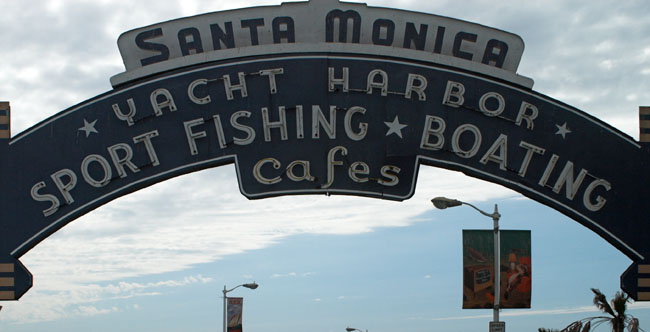 |
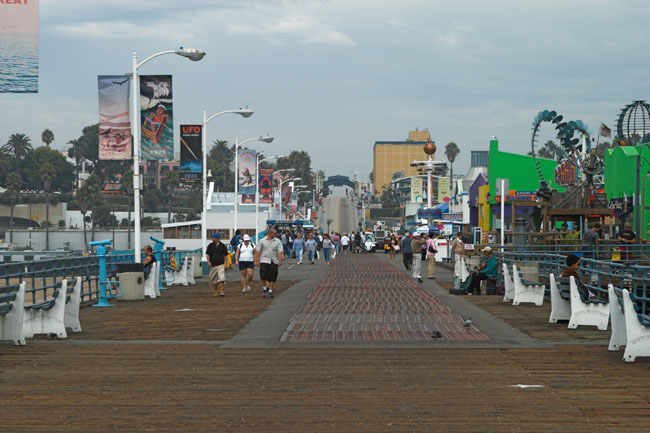 |
|
A couple of views of the pier one from the ocean end (above) and the other from the park overlooking the ocean (below). |
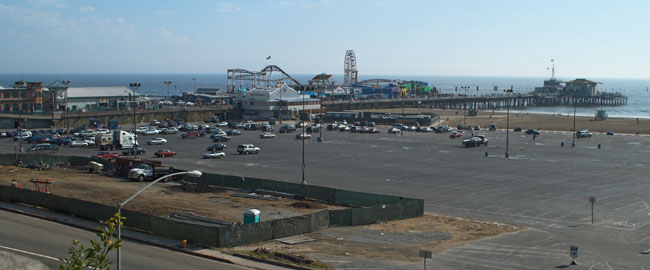 |
|
And that was it Chicago to Santa Monica on the old road. |
|
|
|
The End of the road Click here to go back to the Route 66 introduction page |
|
Go to top of page |
| [New Wildwood] [Contents] [Route 66] [Western Odyssey] [South East USA] [Round the World] [Why Wildwood?] [Site Status and News] |
